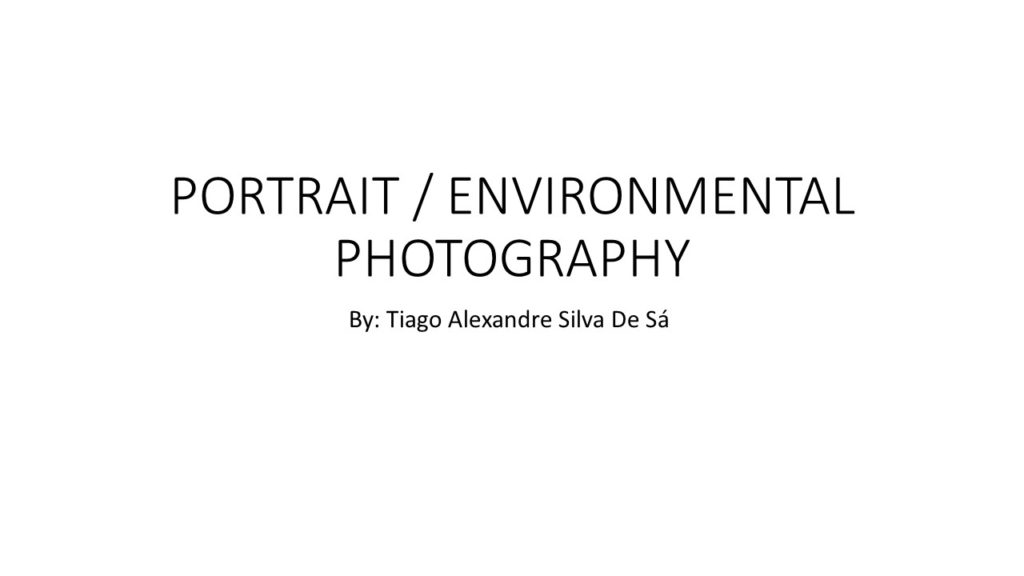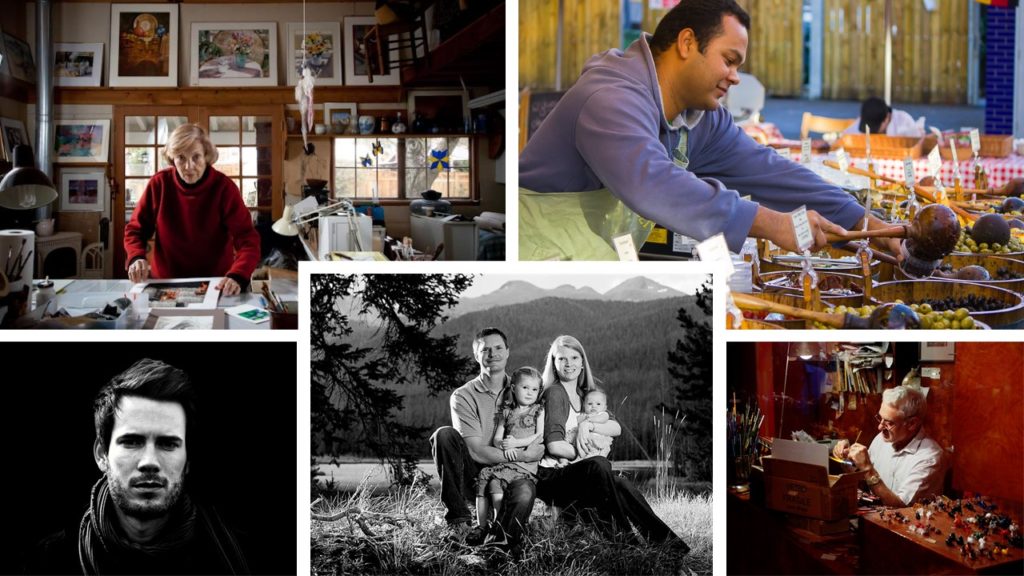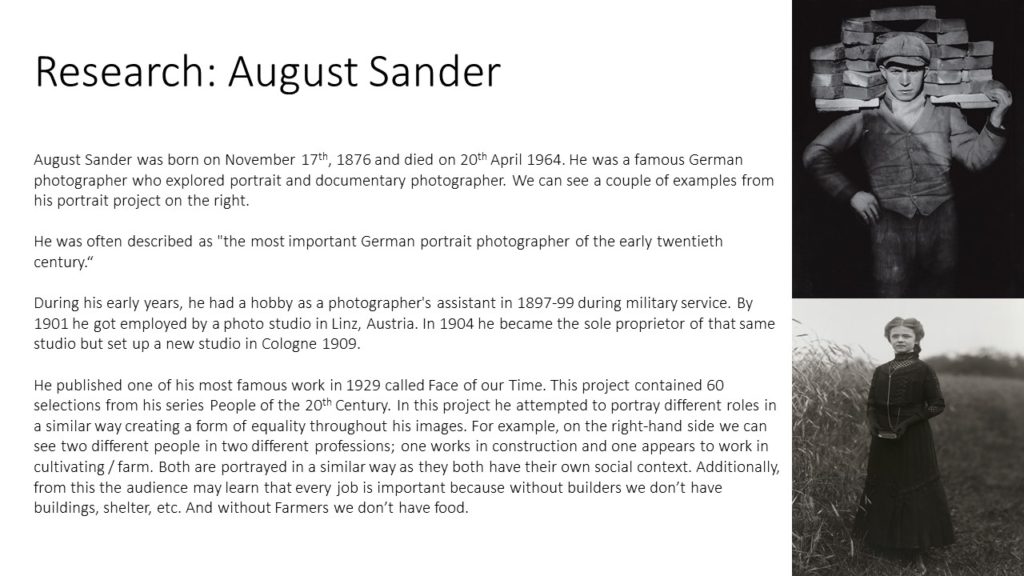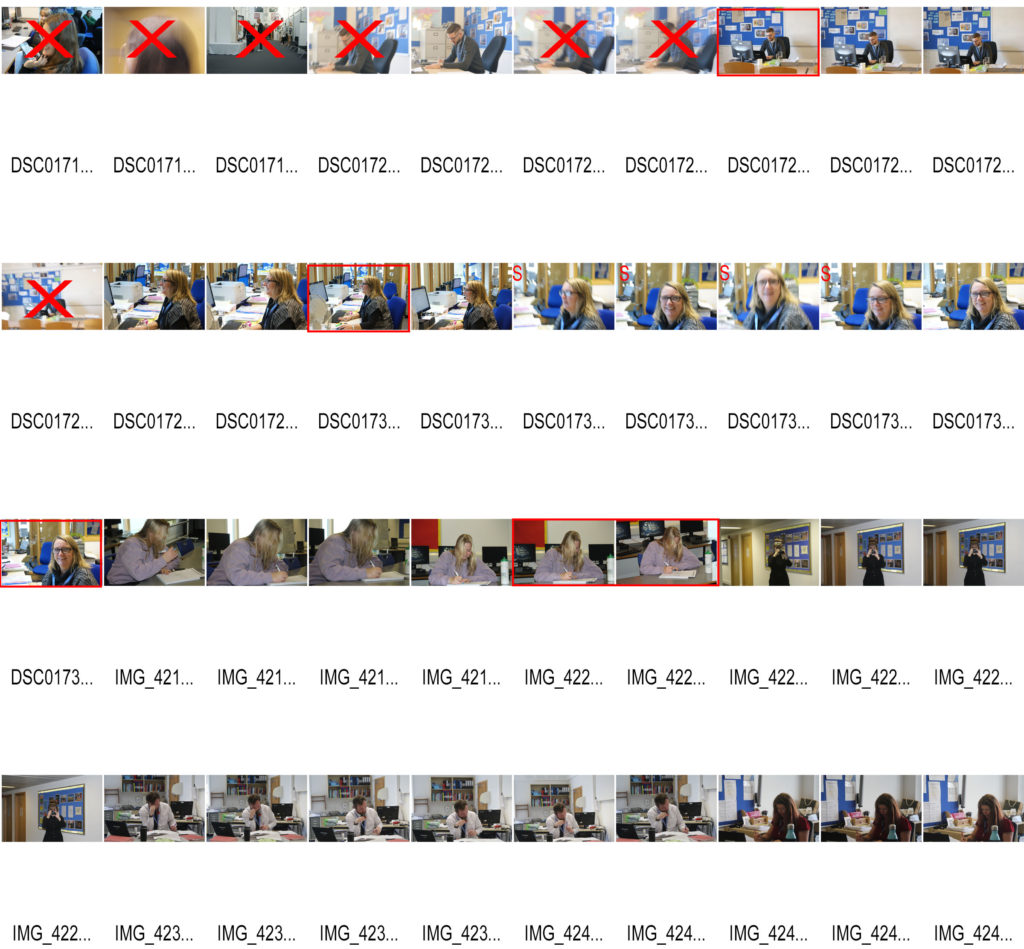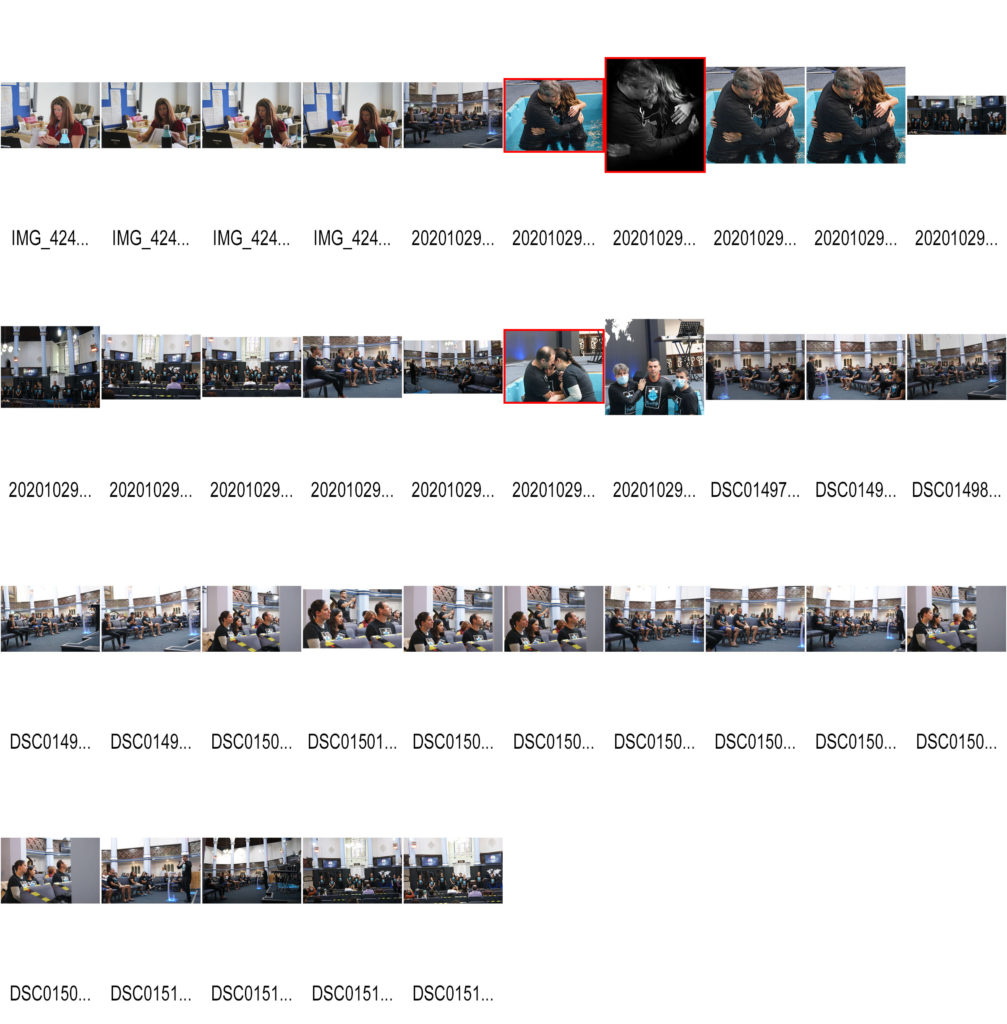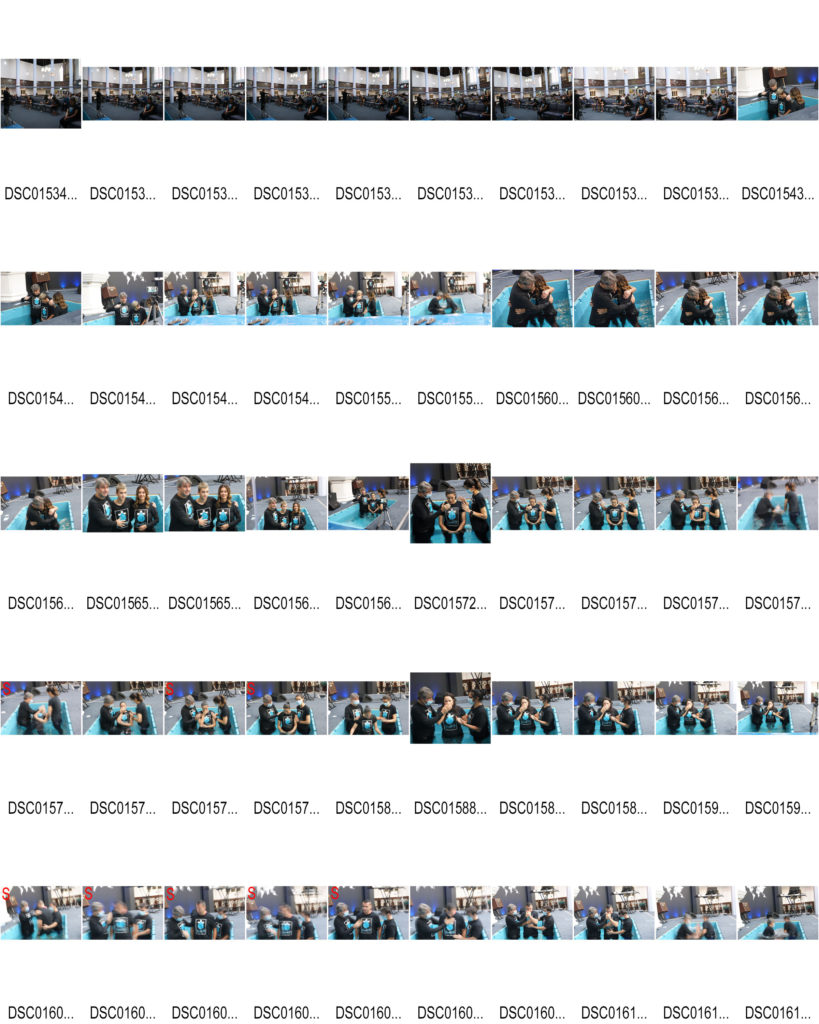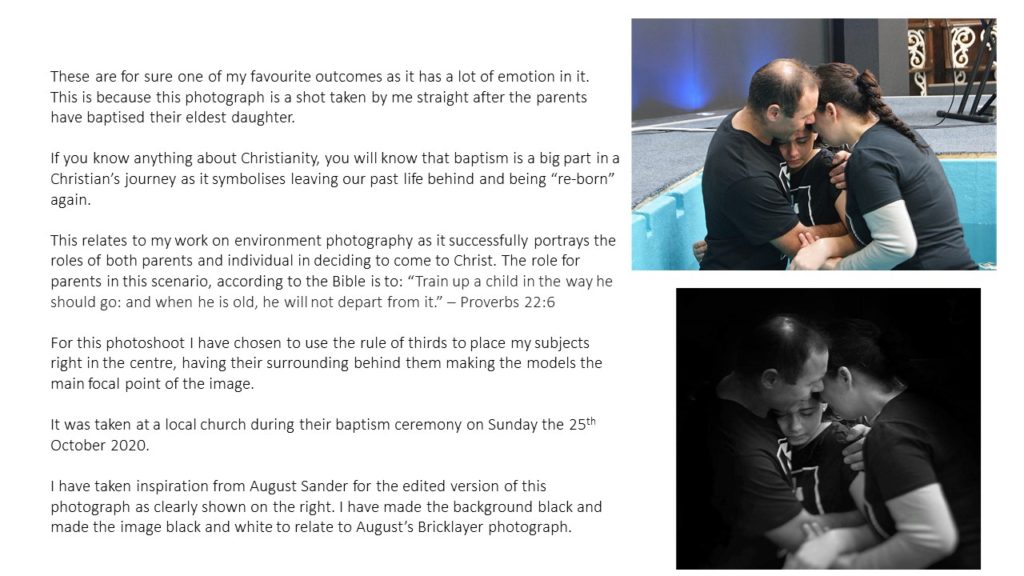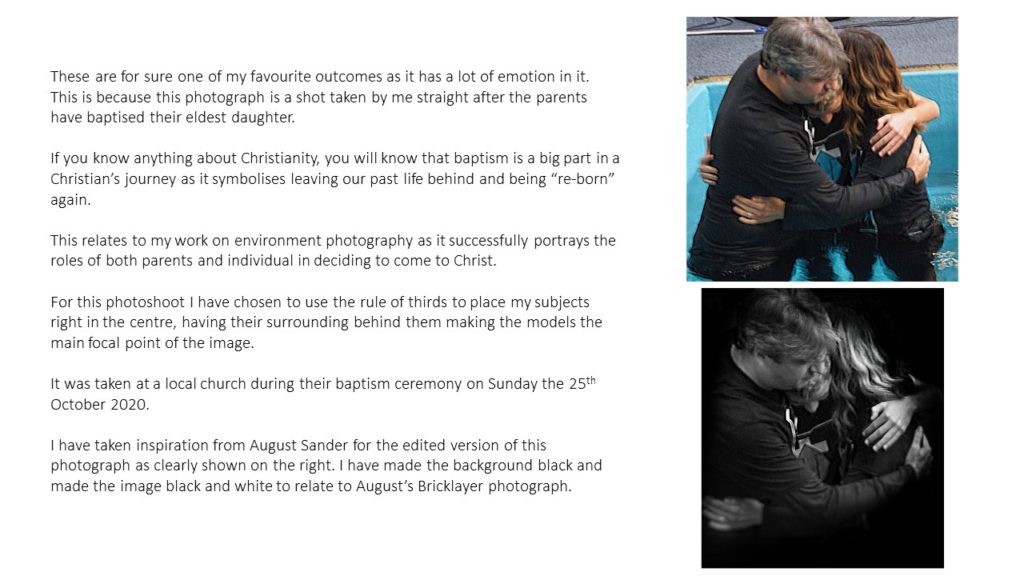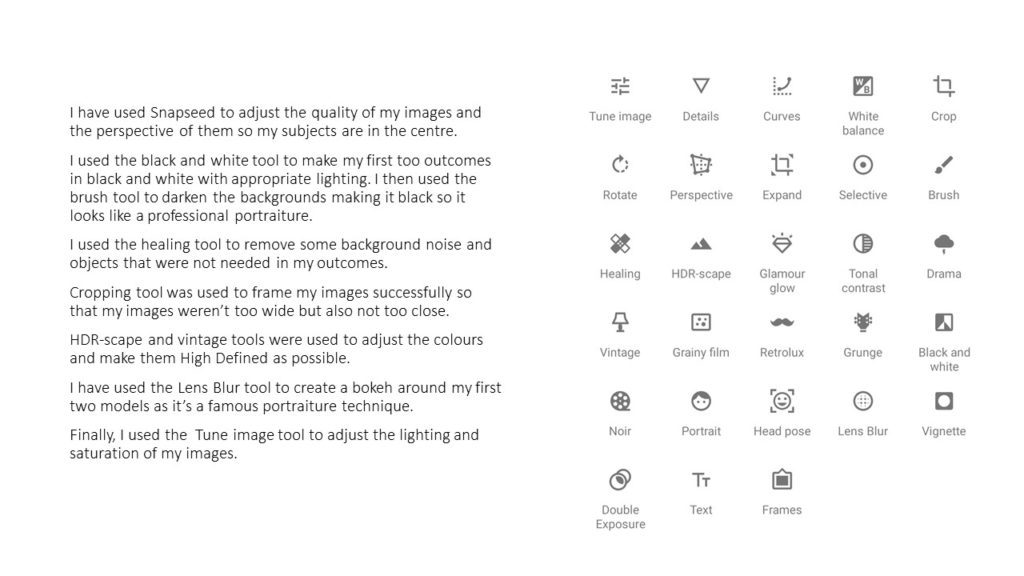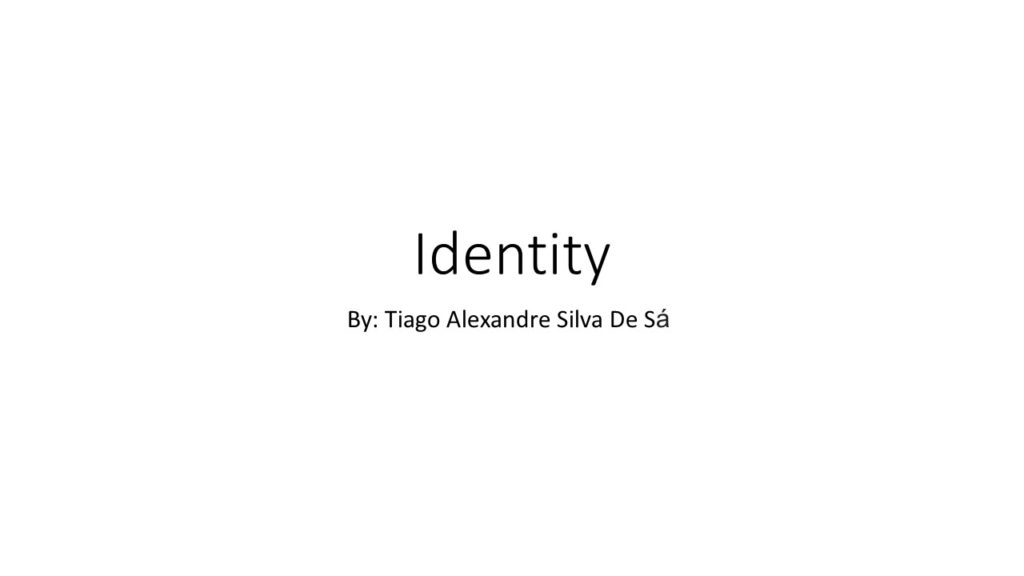
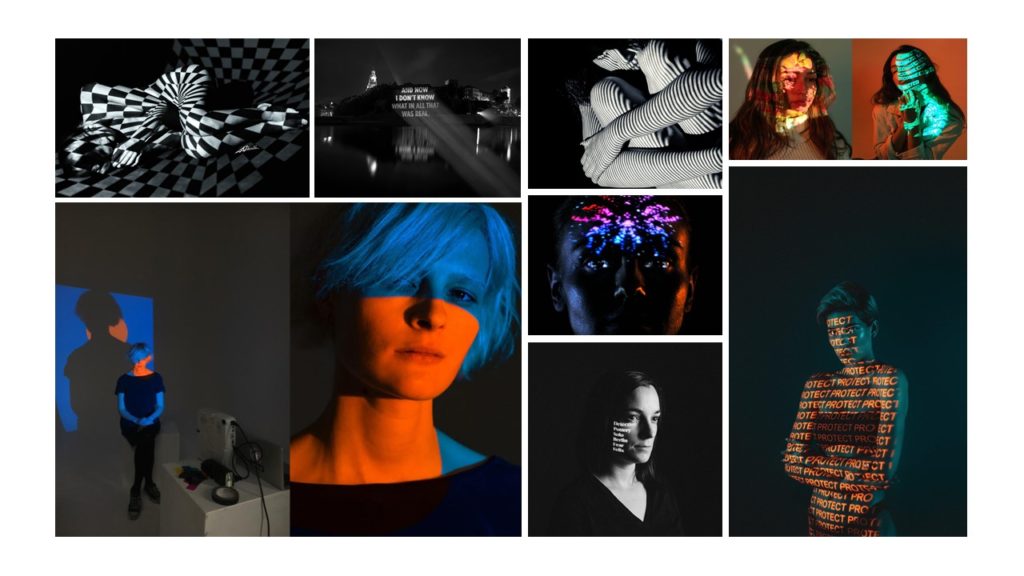
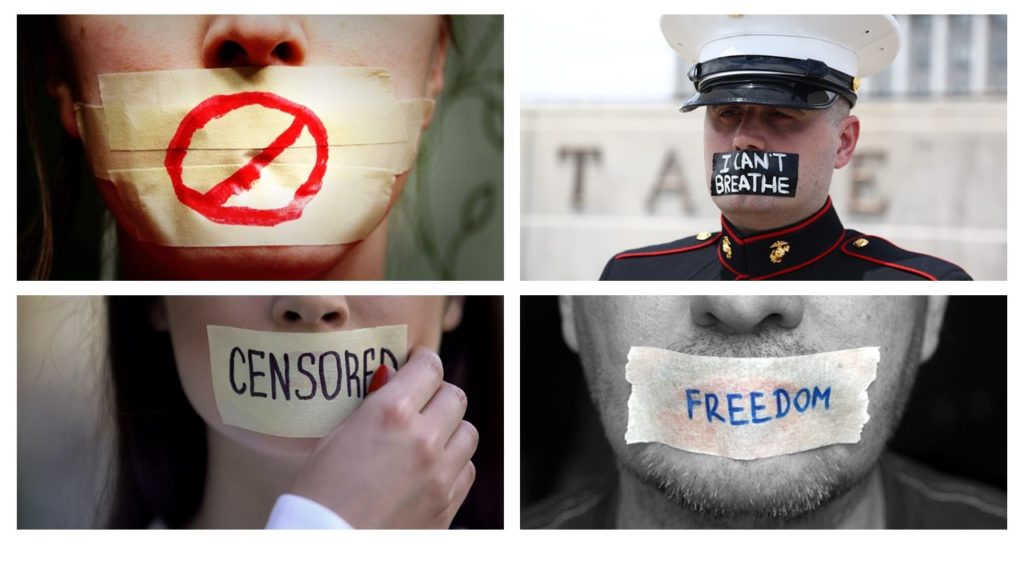

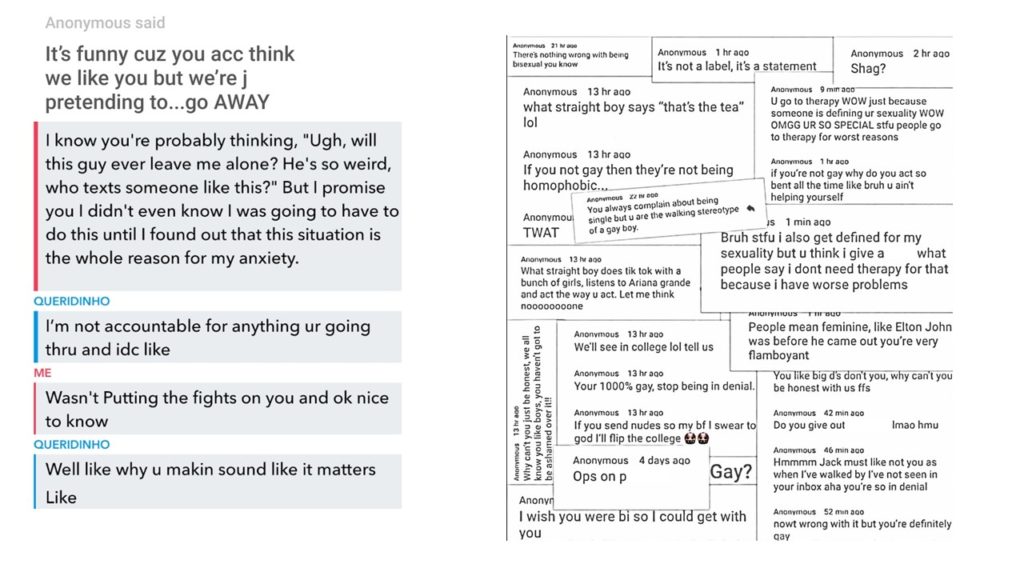
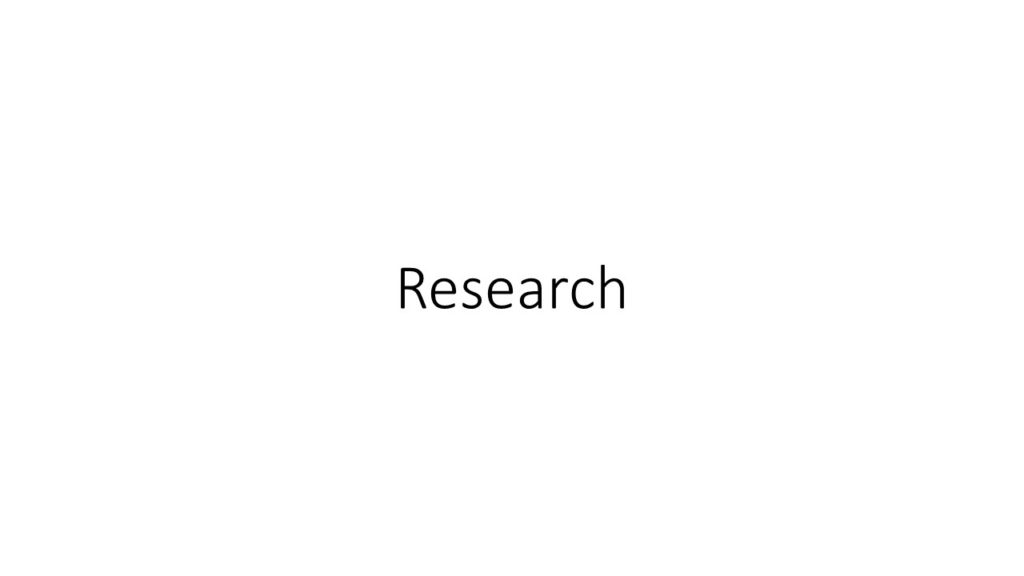
Identity
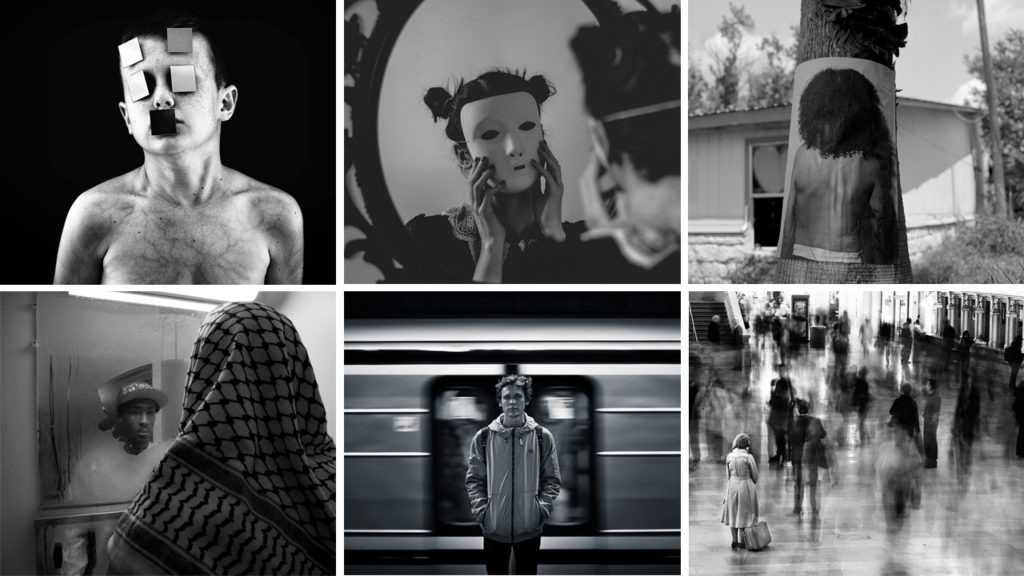
Identity is the essence that defines an individual. It can be qualities such as beliefs, personality, looks, gender, sexuality, job role, etc. It can be defined by the way you express and feel about yourself.
Other people may also have a different view on your identity than you which can be positive or destructive. It is scary to think that every person sees you in different ways, see other aspects of your personality and behaviour that you may not even have noticed; have different memories and viewpoints about you.
Identity affects people in various ways, but some aspects of your identity may be due to nurture and cultural upbringing as Tabula Rasa states that one is born as a blank canvas and the way you think, and behaviours are shaped by the people around you who you have grown and looked up to.
Others may argue that identity can be due to nature. For example, you are born with a specific set of genes that are more likely to influence your behaviour and identity and how other people may see you.
In my opinion, I agree to a certain extent that identity is down to nurture. But I think the way you see yourself is the most important base of your identity as you’re the only one that knows yourself the best and not other people. However, other opinions of you may affect the way you think and feel about yourself.
For this project I will attempt to portray the way that others opinions and behaviours towards me has affected me, the way I saw and see myself then and now, and how destructive others opinions may have in your life. As Billie Eilish states in her son ‘Everything I wanted’, “…if they knew what they said would go straight to my head, what would they say instead?”
Claud Cahun
Claude Cahun (25 October 1894 – 8 December 1954) was originally named Lucy Renee Mathilde Schwob. She was a French lesbian photographer who enjoyed sculpting and writing.
Shwod adopted the name Claude Cahun in 1917 and since then has been exploring self portraits were, they explore themes such as sexual and gender identity in their work. However, their work was mostly frown upon due to homosexuality being seen as shameful and disgraceful in the 20th century and beyond, but their portraits were very strong with some people adoring their work and others hating on it. The view on homosexuality was so frightful people would usually be beaten up, stoned, tormented and their family would neglect them and have so association with them.
In the image at the top, we can see Claude’s transition from a stereotypical girl to a boy with short hair. Due to the reflection of Claude in the mirror we can clearly see that they saw themselves as a boy/lesbian and looks into the camera in a sort of prideful but seductive way suggesting that they know who they are. To strengthen this point, we can see they are wearing typical male clothes. Also, the reflection may show that they were living a double life, one that they were born in some way and the other they identify as something else.
Photo analysis:

Substance:
Due to the time the photographer existed; we can assume that this image was originally in a film format due to digital cameras only being invented in 1975.
The image was taken inside of their or someone’s apartment to what seems in the living room.
It was taken for personal work on self identity and gender, and it could be argued it was a sort of silent protest towards society at the time as images like this were mostly negatively viewed.
Composition:
The main focal point of this image is obviously Claude and their reflection in the mirror.
Author has powerfully used the rule of thirds to compose this image as the model and reflection are positioned in the center.
The main colours of this image are black and white tones. He purposely used the black and white technique to create this image to create a sense of light vs dark and may also have used it to show how there is beauty during times of tribulation and times of joy.
Lighting:
The light in this black and white image seems to be coming from the front as there are shadows behind their head which could suggest that the light is indeed coming from the front. Evidently, the light seems to be quite natural as there is little evidence that could suggest the artist used a flash or artificial lighting as there isn’t evidence of a flash reflection
There are soft shadows and dark tones throughout the image. For example, the bottom of the picture is darker than the top. The image is natural, but the camera seems to have focused on the bright sides first as the image seems to be a bit naturally underexposed as there are soft lights and soft shadows throughout the image.
The artist may have taken this image during light or evening hours as the light suggests that it was taken in a dim environment or sunny but rather more a cloudy environment as all the details is quite perfectly shown.
Techniques and editing: (evidently black and white filter or camera were used)
A fast shutter speed was powerfully used to produce this image as the subject (Claude) has been shot to a razor-sharp focus.
The depth of field for this image appears to be quite large as most of the image is fixed. This was used to capture as most of the setting as possible while keeping a crisp detail to the image.
The artist may have purposely naturally underexposed the image to keep it in focus and so it isn’t too bright or too dark just natural.
The camera is still as this is a self portrait and all the details are in focus suggesting that the camera was stationary; a tripod was likely used.
Atmosphere:
The photograph makes me feel amazed at how confident and courageous the artist was to portray and express their sexual identity in a patriarchal society.
The photograph seems to be communicating a message of freedom of speech and expression as the artists explored with self identity portraits in a society that shames homosexuality for decades.
My response to this image is just how inspirational this artist was to my project in to exploring identity.
Response:
I will attempt to use the same black and white techniques to capture my shots to make it alike the original artist.
In order to incorporate elements into my own work I will need to make sure most or some of my subjects are in portrait
Similarly, Cahun has influenced my shots by following his key theme which is the theme of gender and sexual identity, the alignment of subjects and personal nature in their work have also influenced the way I set up my portrait images and identity photographs.
I love their work as it is very personal project for the photographer; the artist is basically telling their story even though there is danger that they could be imprisoned for being lesbian.
Lara Gilks
Lara Gilks is a photographer that comes from Wellington, New Zealand. She came to photography around 2009 when she received her first camera. According to sources (laragilks.com/about), she utilises “elements of nature, water, light, beauty” that are often mixed with aspects that are ambiguous, weird, scary and disturbing. She apparently works “at the precipice between perfection and imperfection, human and inhuman, and dream and reality”.
In an interview for PhotoForum, August 2019, she states that she puts “incongruous elements into beautiful landscapes” in order to create a sense of tension and playfulness as she also mentions her choice of models; children “with masks and other props”. She also mentions something interesting which is that “people will experience the images in their own way influenced by their own stories”. When she mentioned the need of tension in her images, she mentions that she wants “the sense of being out of place and absurd yet somehow normal.”
Lara has explored with identity in different ways, so much so that she has a blog post called, “identity and disclosure”. In here she explains the lack of identity due to social media. We know this because she states, “The brink of a digital identity crisis – where the digital era tests the limits of identity – what is safe to disclose and what must be concealed. There are questions of trust and vulnerability – the stakes are high.
Photo analysis:

Substance:
This image was clearly taken with a DSLR in 2018 as it is in a digital format.
This photograph was taken outside by a lake. We can also assume it was taken in the evening due to the brightness of the clouds, but this could have been manipulated using software like Lightroom.
This was clearly taken for personal work as it was part of Lara’s series “white lies”. Her description for this project was a simple quote from Alan Moore, “You wear a mask for so long, you begin to forget who you were beneath it.”
Composition:
The focus for this image is the “Horse Bride” which delivers a sense of strangeness and wonder at the experience of marriage.
Author has powerfully used the rule of thirds to compose this image as the model and background have been purposely adjusted so that the model at the center along with the background.
The main colours of this image are black and white tones. She purposely used the black and white techniques to add to the theme of tension, ambiguity, strangeness, incongruous.
Considering the description for white lies, the audience may also assume that many people marry a fake spouse; people who have been wearing a mask for so long. In addition, the fact that the image is in black and white may also reveal that marriage is not always dreamy and colourful; it can be dark and obscure. We can assume this is the case as Lara has said before that her photographs are open for interpretation.
Lighting:
The light in this black and white image seems to be coming from the natural environment as shoot was done outside. The light however seems to be coming from the front as it is lighting the Horse Bride and background quite well.
Soft shadows and dark tones are present in the shot. The bottom of the image is darker than the top, for instance. The picture is natural, but first the camera seems to have concentrated on the bright sides as the image seems to be a little naturally underexposed as the image is full of subtle lights and soft shadows.
The artist may have taken this illustration during the day, during light or evening hours.
Techniques and editing: (evidently black and white filter or camera were used)
Evidently, a fast shutter speed was used due to the waves being fixed to a focused position.
As most of the image is set, the depth of field for this image seems to be very high. This was used to catch as much of the environment as possible while retaining a crisp picture detail.
The artist may have naturally underexposed the picture purposefully to keep it in view, because it’s not too light or just normal and not too dim.
As this is a portrait, the camera is still, in focus and all the specifics show that the camera was stationary; a tripod was presumably used.
Atmosphere:
The photograph makes me feel quite interested and confused as I have never seen a Horse Bride before, especially standing by a lake. This is evident that Lara has achieved her aim of strangeness through this image.
This image, clearly is open for interpretation and considering that inside the wedding dress is Lara’s son this may suggest that there is a prince trapped in the body of a mare getting ready for marriage but decided to take a moment by the lake to think of things.
Successfully, this image has achieved what it was created for which is to make the audience question what is going on. I know this because Lara states that Horse Bride is intended to challenge and provoke such ideas.
Response:
To keep it the same as the original artist, I would strive to use the same black and white methods to take my shots.
I would need to ensure that most of any of my subjects are distorted and have their faces hidden in order to integrate concepts into my own work.
Lara has influenced my work on identity by giving me the idea of making the audience question what is happening in the photograph.
This is one of my favourite pieces of photography as I find it very creative due to the nature and contents of the image. It’s an image open to interpretation and communicates a series of different messages. It’s also very strange which just adds to creativity.

Similarities
• Both artists have used a series of black and white images to communicate a similar message: that there may be light in the darkness, there is 2 sides to every story and not everything is a perfect, colourful world.
• Both artists clearly play with the theme of identity with Claud exploring gender identity and Lara hiding the model’s face / identity.
• Both have composed their images in a similar way. For example, both have placed their models in the centre or close to the centre.
• Lara attempts to create tension through her images. For example, the Horse Bride image encapsulates all my feelings of strangeness and wonder at the experience of marriage. In a similar way, Claud creates tension in society with her images as homosexuality in a patriarchal society was unacceptable.
Differences
• Claud focuses on gender identity and explores with my gender roles such as weightlifter in a photograph of hers. However, Lara focuses more on trying to make the audience question the nature and meaning of her images.
• Most of Claud’s images are taken in indoor places whereas Lara’s images are taken in a naturalistic environment.
• Lara uses elements of obscurity, strangeness, unique and quite dark. This can be shown through her image of the Horse Bride. Claud Cahun however attempts to use self portrait and self identity methods to create an image that demonstrates who they are as a person and sometimes compare it to society and how society has this “ideal” way that people should behave.
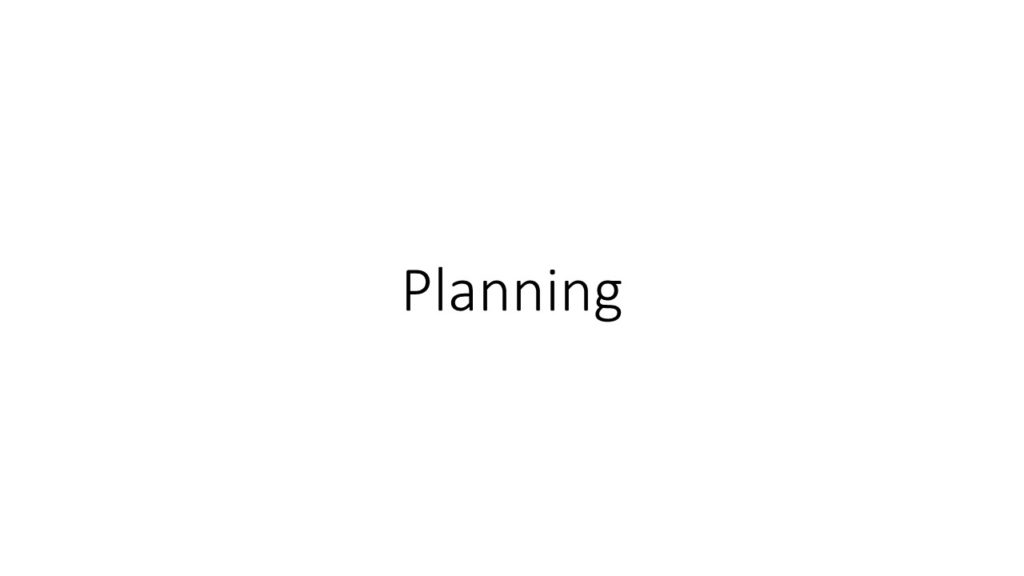
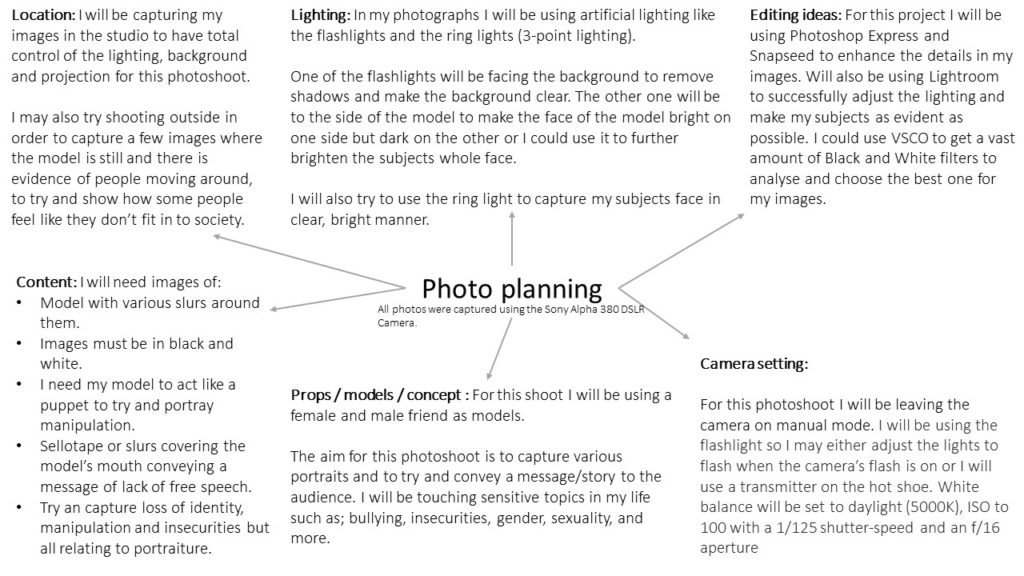
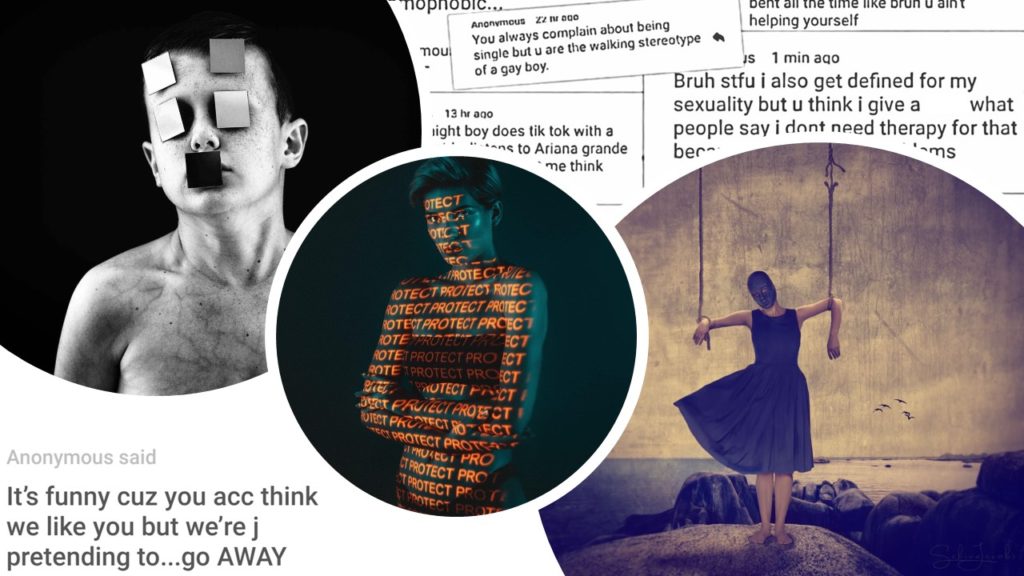
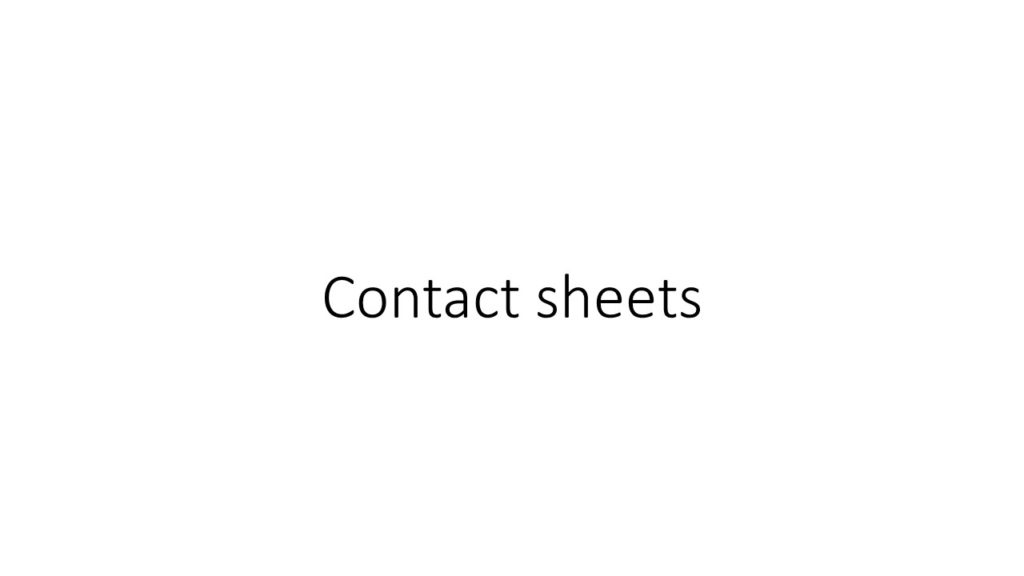
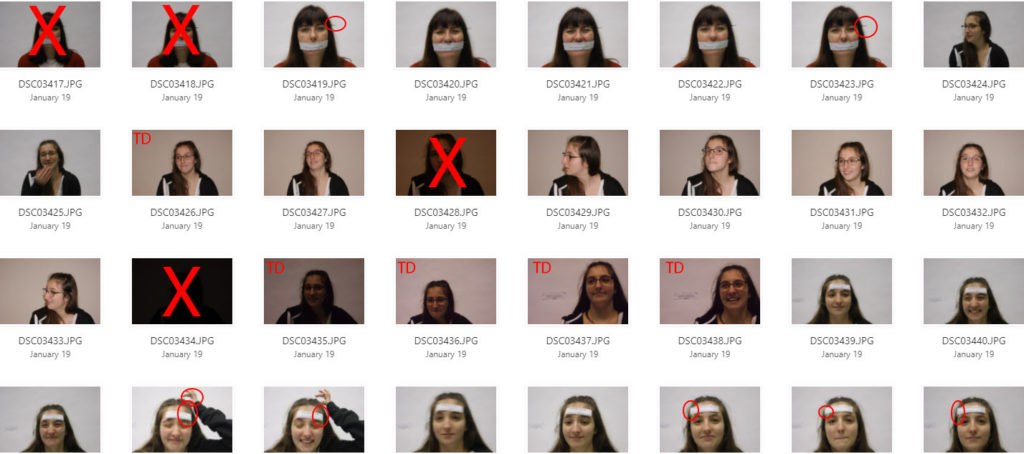
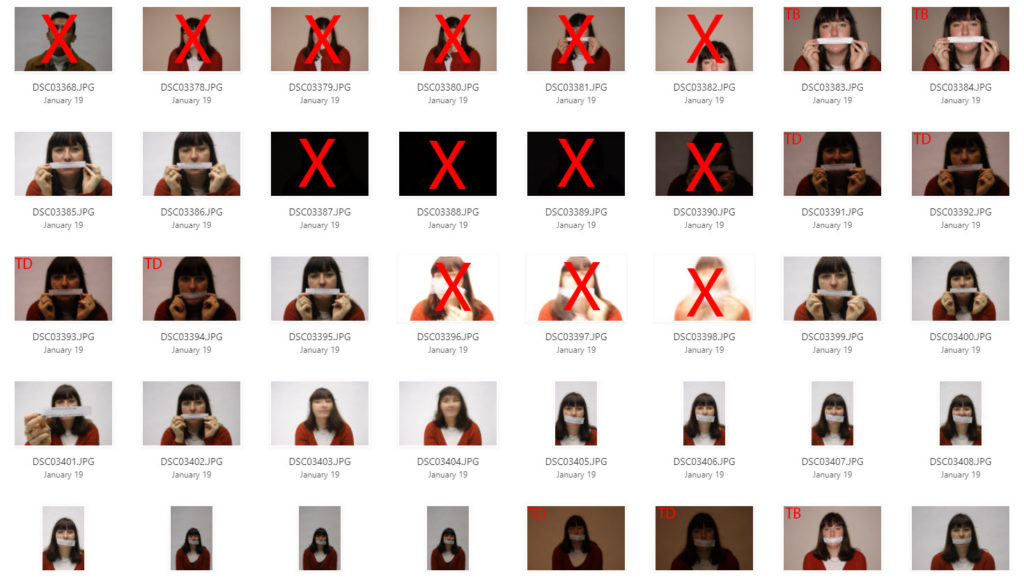
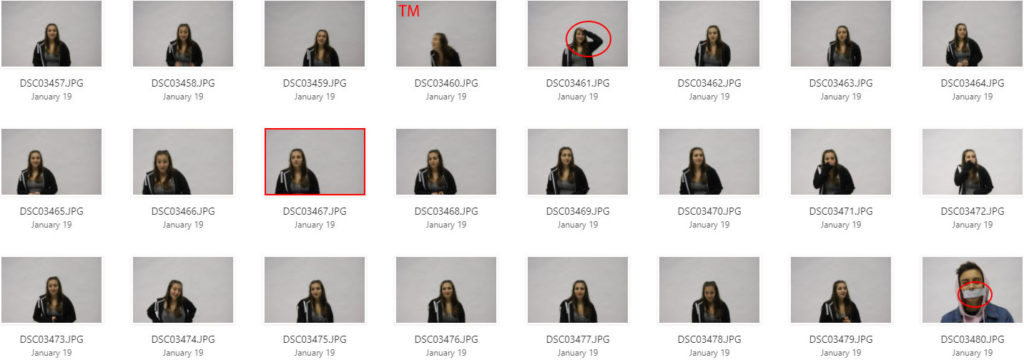
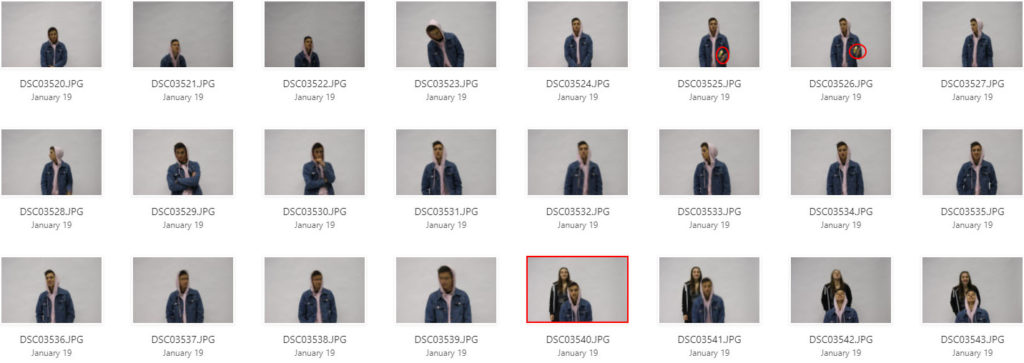
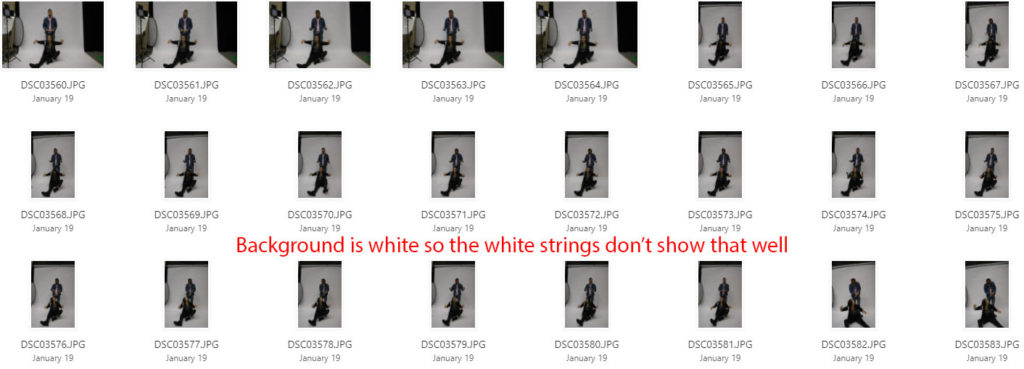

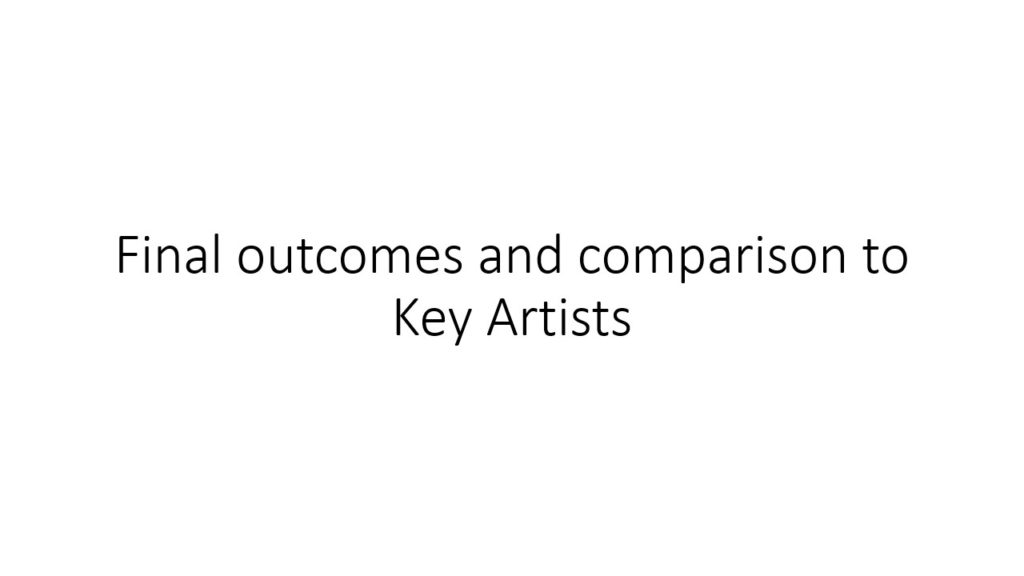
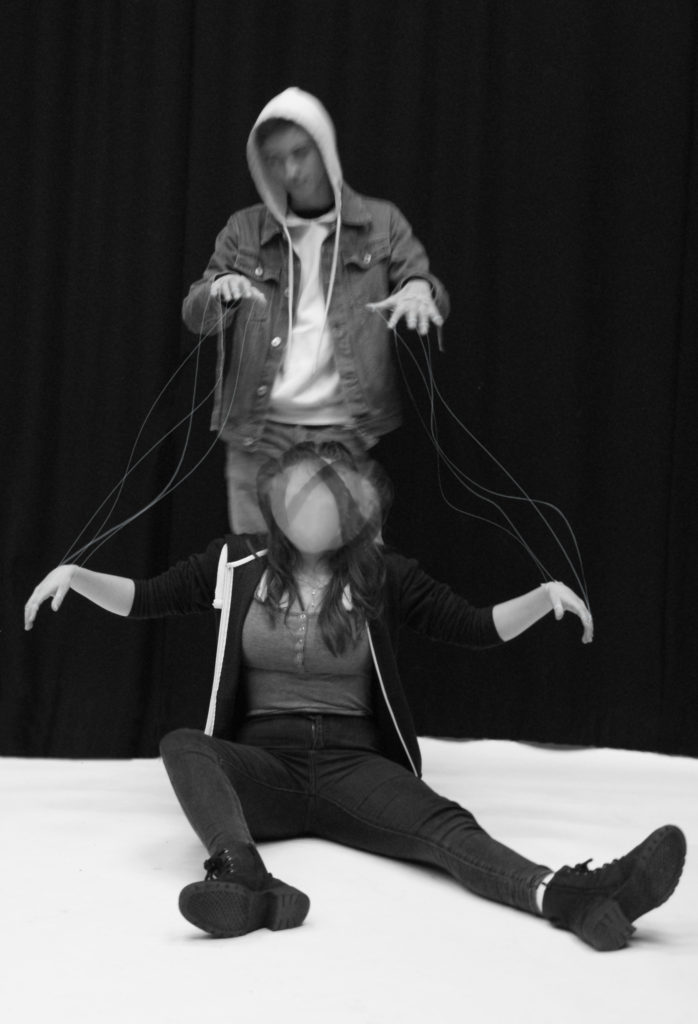
This is my #1 outcome.
My main purpose for this project was to “to capture various portraits and to try and convey a message/story to the audience. I will be touching sensitive topics in my life such as; bullying, insecurities, gender, sexuality, and more.” Therefore, I believe I have achieved this through this artwork called, “Manipulation”.
This is one of my most personal photographs ever made to this day as it explains a bit about my life. For example, this photograph is a clear representation of what I have been going through for quite some time as I was recently in a situation where someone did whatever they could to control and manipulate me. This can be clearly shown using models creating a sense of puppetry / puppet show and the fact that you cannot see the male model’s face shows that not many people knew who the manipulator was.
However, there are some broken strings which to me represent a few of those manipulative methods being broken and on the process of setting me free to be my own person and have my own identity. In addition, the use of double exposure on the “puppets” represent madness because you tend to lose your mind in such situations.
In comparison to my key artists, Claud Cahun and Lara Gilks, this image is very open for interpretation. This is because one of my aims for this project was to create something like Gilk’s Horse Bride and have the audience interpret the image according to their own experience and link the audience to the photographer due to relation to the viewer, ultimately creating a bond between the artists and the viewer; sort of telling them that they’re not alone. As well, the use of a female model as the puppet may convey domestic abuse that a lot of female face.
Also, the shot is in black and white clearly showing similarity to Claud Cahun as their images are all in black and white. Both Claud Cahun and I have used harsh shadows and tones to show how difficult it can be to be our own person and have our own identity in a judgemental society; sometimes we are so pressured to act and look a certain way by society which makes us feel entangled in these strings and imprisoned at times.
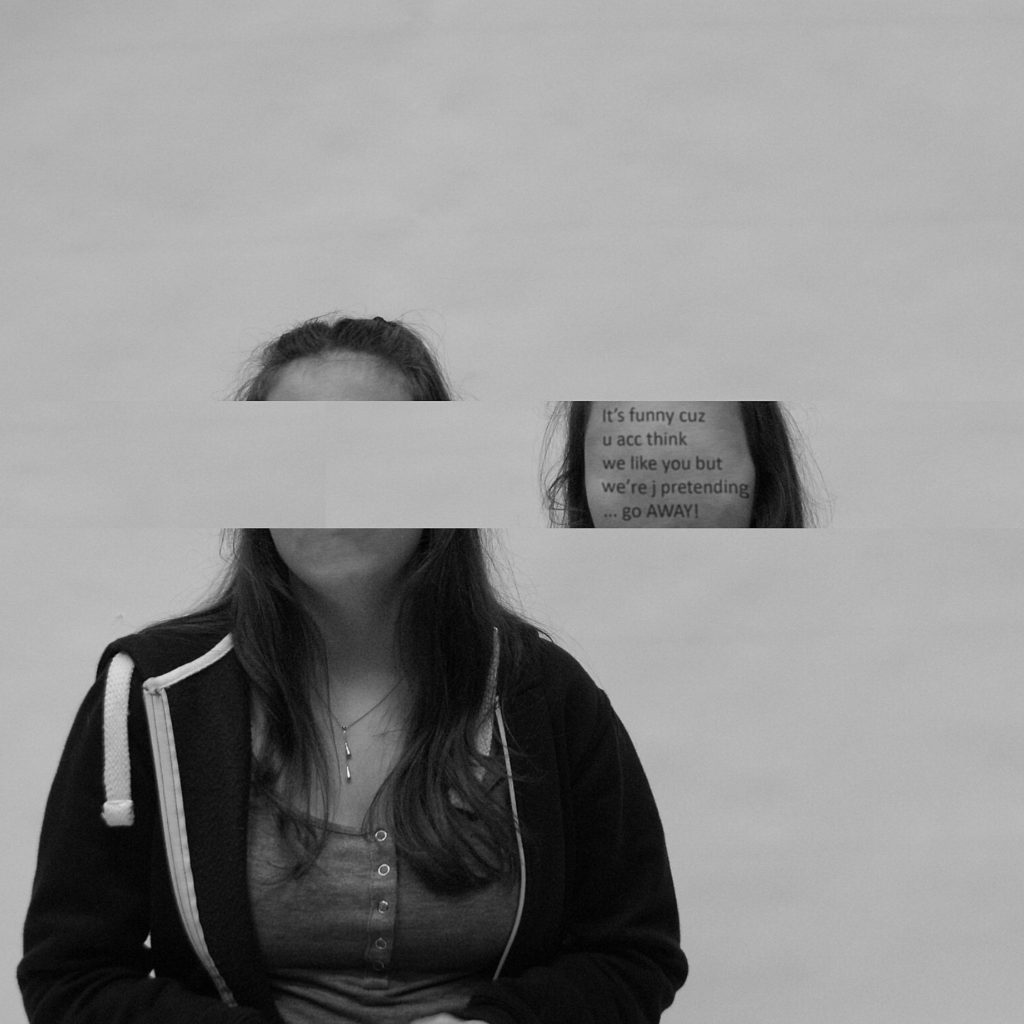
Cut you off 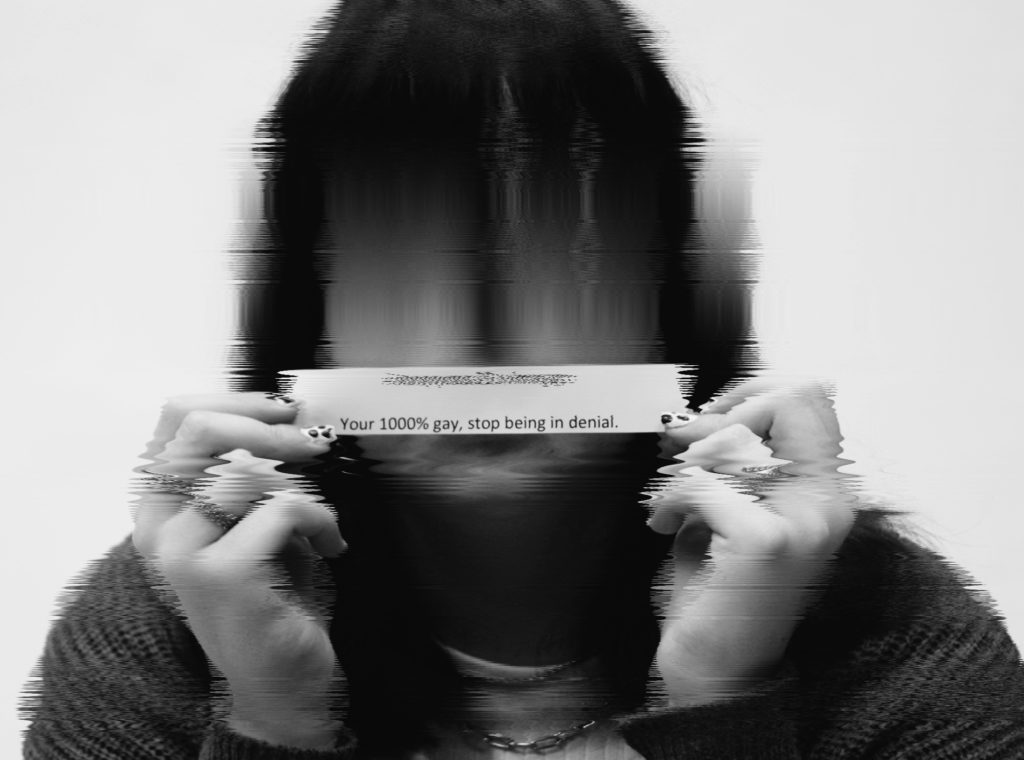
Faceless
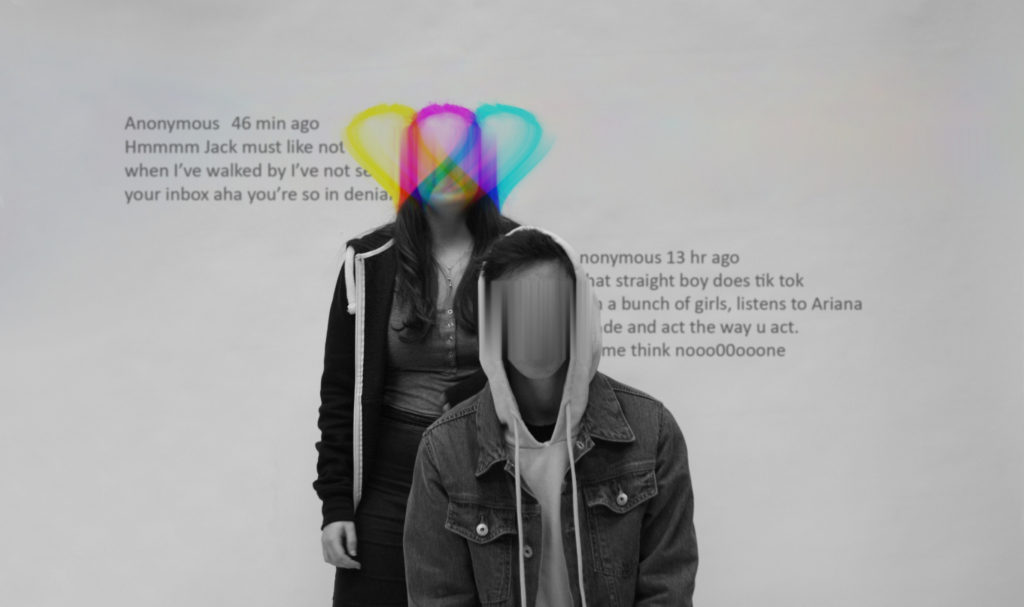
These are a trinity of images which try to show how other opinions have shaped and reconstructed my identity.
As you can see, the text in my images is a series of anonymous messages I received from people that know me, but I still do not know who sent most of these messages.
In “Cut you off”, there’s a message saying, “It’s funny cuz you acc think we like you but we’re j pretending… go AWAY.” This message came from someone that I know that clearly doesn’t like me. I did everything in my power to at least be civil with them, this was until I figured the friend group was talking about me behind my backs and so I cut them off. Hence the name, “Cut you off“.
In addition, “Stalker much” the messages that are going through my models clearly show how much these messages have got to me. Also, the female model looks like they are sort of guarding or looking over the male model. I did this in purpose in order to try and create a sense of the psychic staring effect; when you have that sense of being watched to which the messages suggest that people paid close attention to me and even saw who was texting me. The colourful double exposure, alike “Manipulation” was done to show madness and or how multiple people seem to be watching over me.
Similarly, “Faceless” is a photograph where the identity of my model is hidden, blurred out and shaken while they’re holding a message that reads, “Your 1000% gay, stop being in denial.”. This message was one of many that made me question who I was, what my sexuality was and made me question everything about myself and it got to a point where I genuinely hated everything about myself because no matter what I did, that was the ONLY slur that people tell me, it even got to a point where my old tutor had to ask my friends if I was gay because of the way I dress. That shattered me and confused me so, enjoy the series of images that attempt to show how I have felt during these times.
In relation to my key artists, most of my images are in black and white which relates to Claud’s images, the composition of these images remains quite close to both Lara and Cahun as my models are near the centre, my images also have a go at talking about identity / lack of identity which relates to Cahun. Also, it may be argued these images could be interpreted differently according to the viewers own experience which successfully links to Lara’s ideas. However, the use of messages in these images may reduce this effect as not every viewer has probably received similar messages.
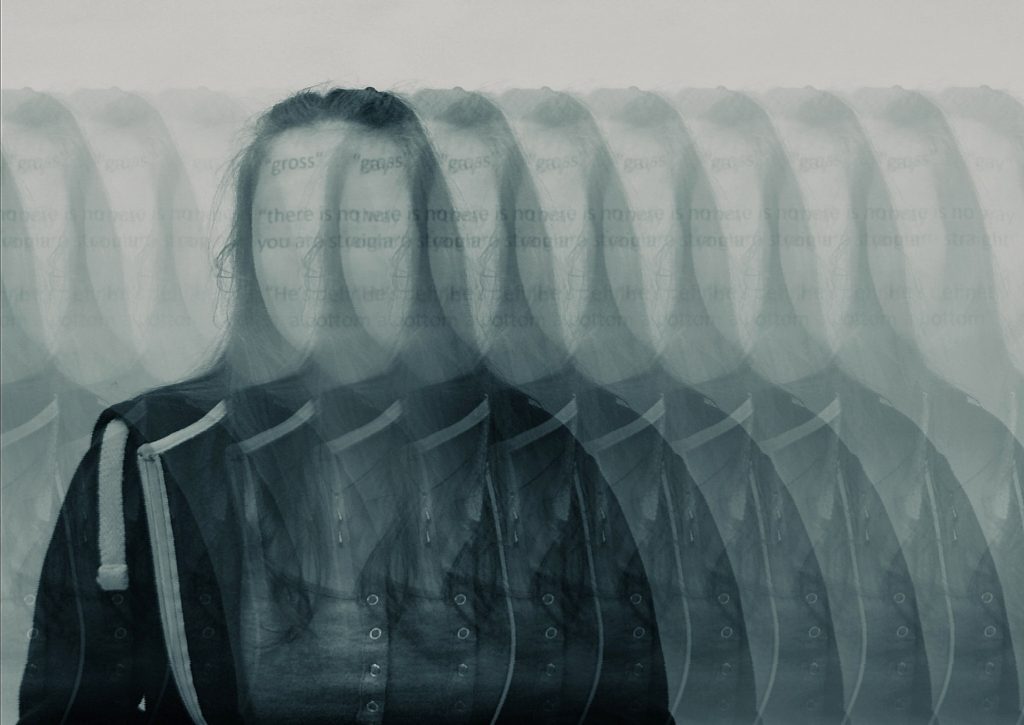
This is my final outcome, it contains a series of messages that read, “gross”, “gay”, “there is no way you’re straight” and “he’s definitely a bottom.” These are just messages that people have said to me.
This relates to Lara Gilk’s approach to identity as I have incorporated elements of ambiguity, strangeness and obscurity. This was done through the ghost effect where the model appears to have multiple faded exposures of themselves.
In comparison to Claud, there isn’t much correlation except the fact that we both have attempted to talk about identity and what it means for us.
These messages are mostly blurred and over-layered one another which has a go at showing 2 different perspectives, one being that overtime these messages don’t hurt you anymore and two, over time the messages get deeper and harder to see on the surface but they’re still there. Obviously, the perception may change due to the viewers own experience. Like my favourite show, 12 Monkeys, states, “There are many endings and the right one? The right one is the one you choose.” Therefore, this image was created to purposely let the viewer pick the ending for this project on identity, let it be happy or sad. After all, the author is still deciding on what ending to this story to choose from.
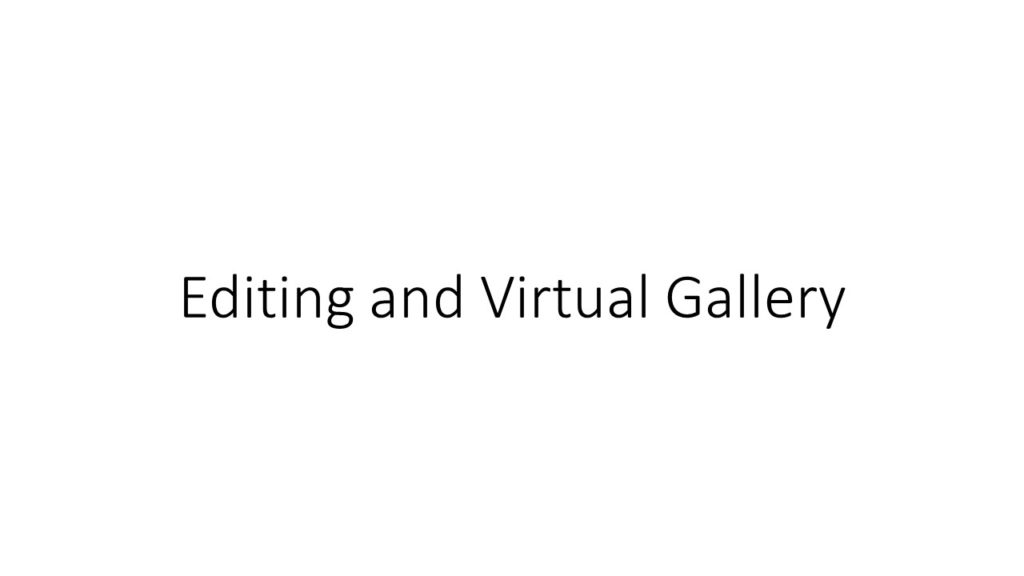
How I edited these images:
For this project on identity I have used Photoshop to adjust the black and white filters for most of my images, I have also used it to create and bend the strings in “Manipulation” to make it more realistic and add to movement as there is little evidence that the model is moving so I tried to bend these strings to add to this effect. I have also used the “blur more” tool to blur the strings and ellipses around the fingers so that it looks like it was part of the original image, and in “Stalker much” I used these methods to blur the text to achieve the same outcome.
In addition, I have used photoshop to add the text to my images, change the opacity and adjust it to “Darken” so that it removes the background and displays just the text. Also, setting it to darken means that when it comes into contact with a darker background, it fades away. This and the eraser tool helped create the effect in “Stalker much” and make it seem like the text is actually in the background.
For the other images, I have used the “Glitch Lab” app on my phone to:
- add the glitch effects around “Faceless”.
- remove the faces in “stalker much” and “Faceless”. There was also a filter called “stripe shift” which helped cut off the face in “Cut you off.”
- For “Ghostin” I used the pre-set “Troubled waves” to create the blue/green filter so it looks quite old and gives a cemetery, cold feeling enhancing the name “Ghostin”.
Snapseed was also used to sharpen the text in “Ghostin” so it’s clearer and more readable.
Virtual Gallery:
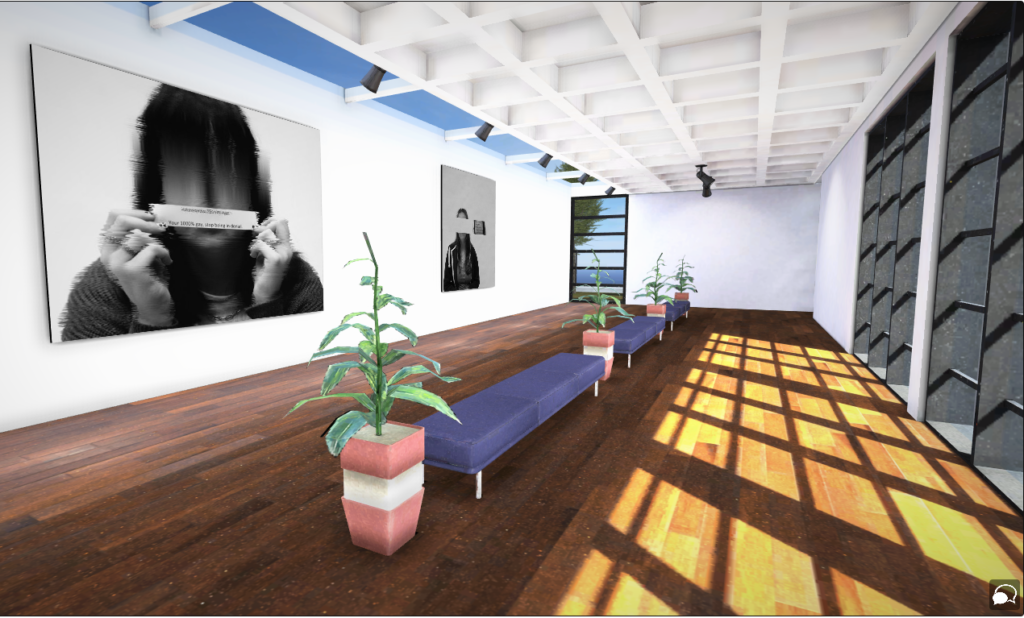

How I did my Virtual Gallery:
Step 1: Go to www.artsteps.com
Step 2: Sign in / up.
Step 3: Create.
Step 4: Create your own location or choose a template.
Step 5: Upload your images, put them in your exhibition, name it and give it a description. For mine, I justified my photographs.
Step 6: Present / view your Exhibition.
Why I decided to do a Virtual Gallery:
I decided to do a Virtual Reality Gallery again because I feel it links very well with the theme of Identity. This is because the viewer is placed in a corner of a room and has to find the 5 outcomes that are in that VR building. This relates to identity as it puts the viewer in a way, in the artist’s/my shoes in the search to find my identity.
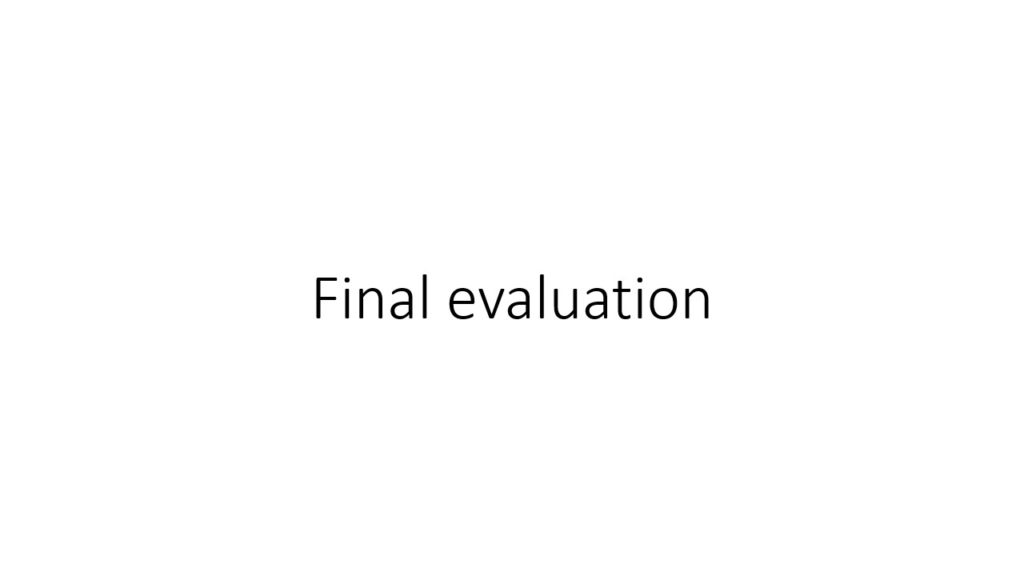
I am very happy with the final images of this project on the theme of identity. I love how I have successfully talked about past experiences in my life and managed to turn it into art. This project has really helped me turn my pain into a series of beautiful and artistic images.
The planning went really well and I said everything I needed to say through these images. But, next time i’ll make sure to think about props and how to use them successfully as you can see in my contact sheets some comments didn’t stick quite well. Also, the background for “Manipulation” could have been done faster if we thought about the colour of the props and background which is always important to think about.
I have clearly related my images to the key artists and have shown a great understanding of photo analysis, use of lighting and have shown great expertise with photo manipulation.
I strongly believe I have achieved the main purpose for this project which was to mix identity and portraiture. I have powerfully touched on areas like identity, sexual identity, how others opinions may change how you see yourself and I admire the way that I left the audience on a cliff hanger; having them decide what the final image “Ghostin” could mean to the whole project. For example, as explained above it could mean that the artists has moved past these hurts and the criticism they have had in the past is becoming nothing but a memory, or, the criticism is taking over the artist slowly becoming one. This could mean that the audience chooses the identity of the artist; are they someone strong, who’s moved past the experiences or is their identity confused?
The fact I am basically getting the audience to choose my identity adds irony as the project talked about rude and negative these comments could be to someone, talking about being driven into madness and having the constant fear that you’re being watched. This at last makes strain which identifies with how Lara needed her crowd to feel the feeling of being strange and crazy yet some way or another ordinary.
In conclusion, I am very excited to share this project with you, viewer. I hope you can relate or find comfort in my photographs.



